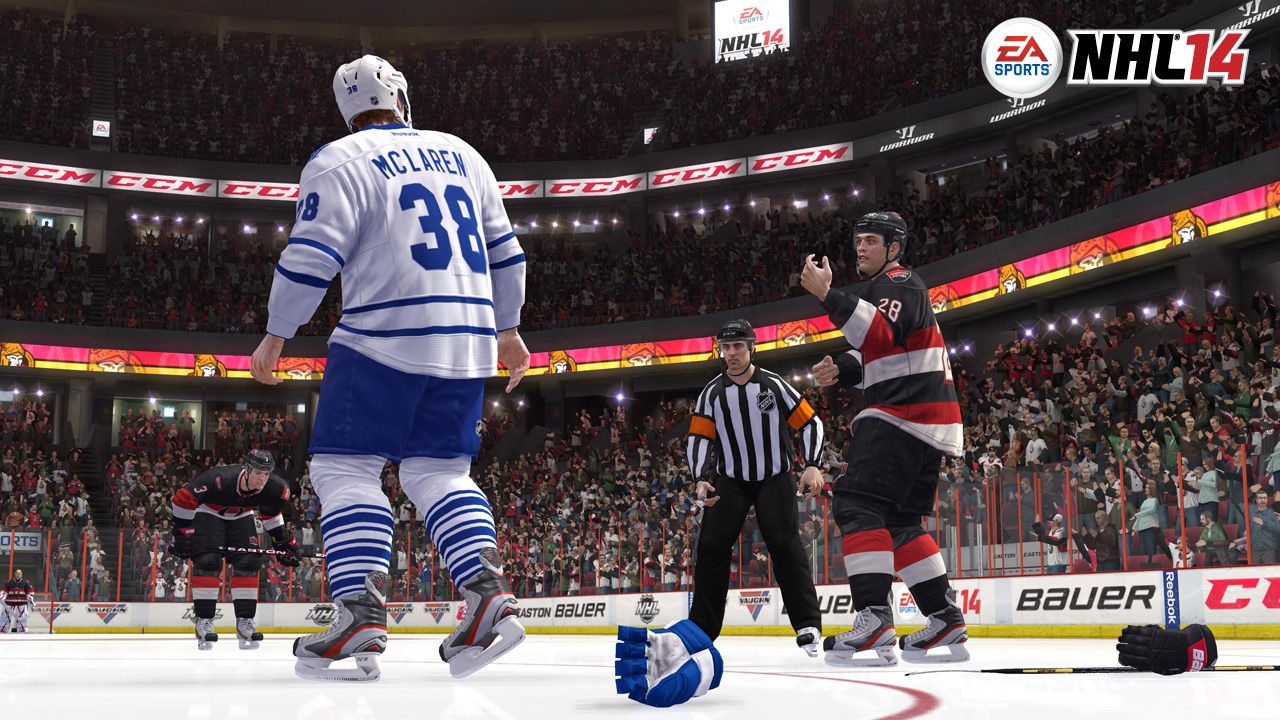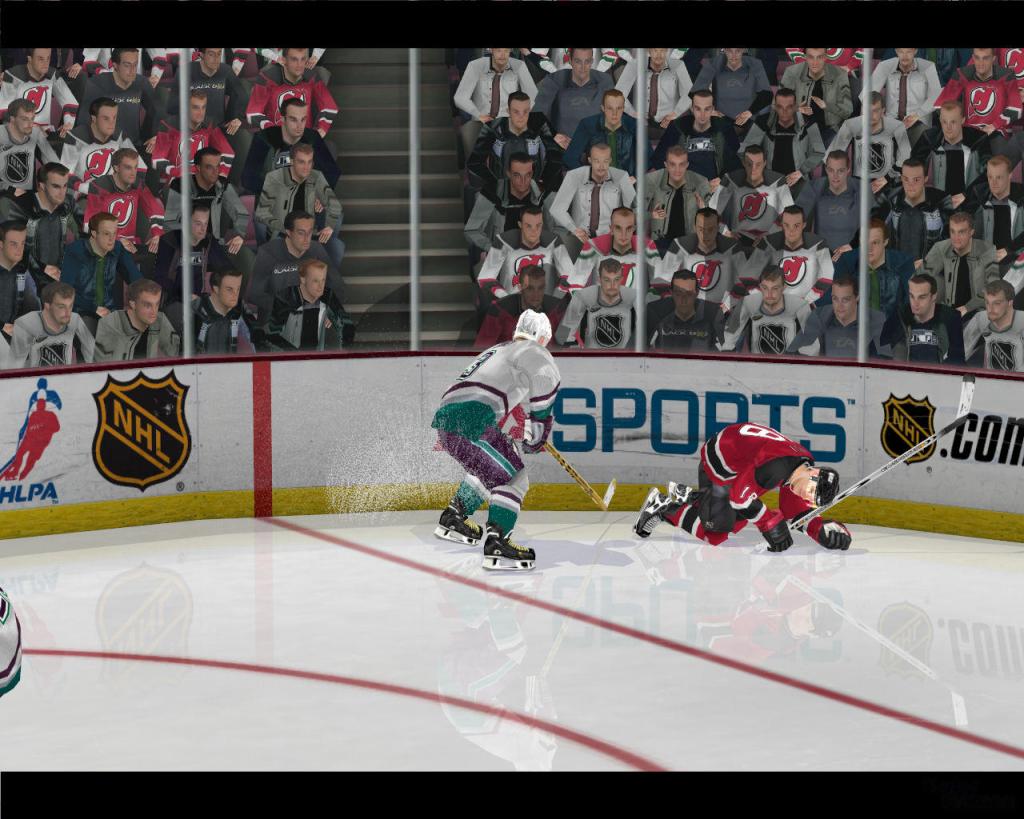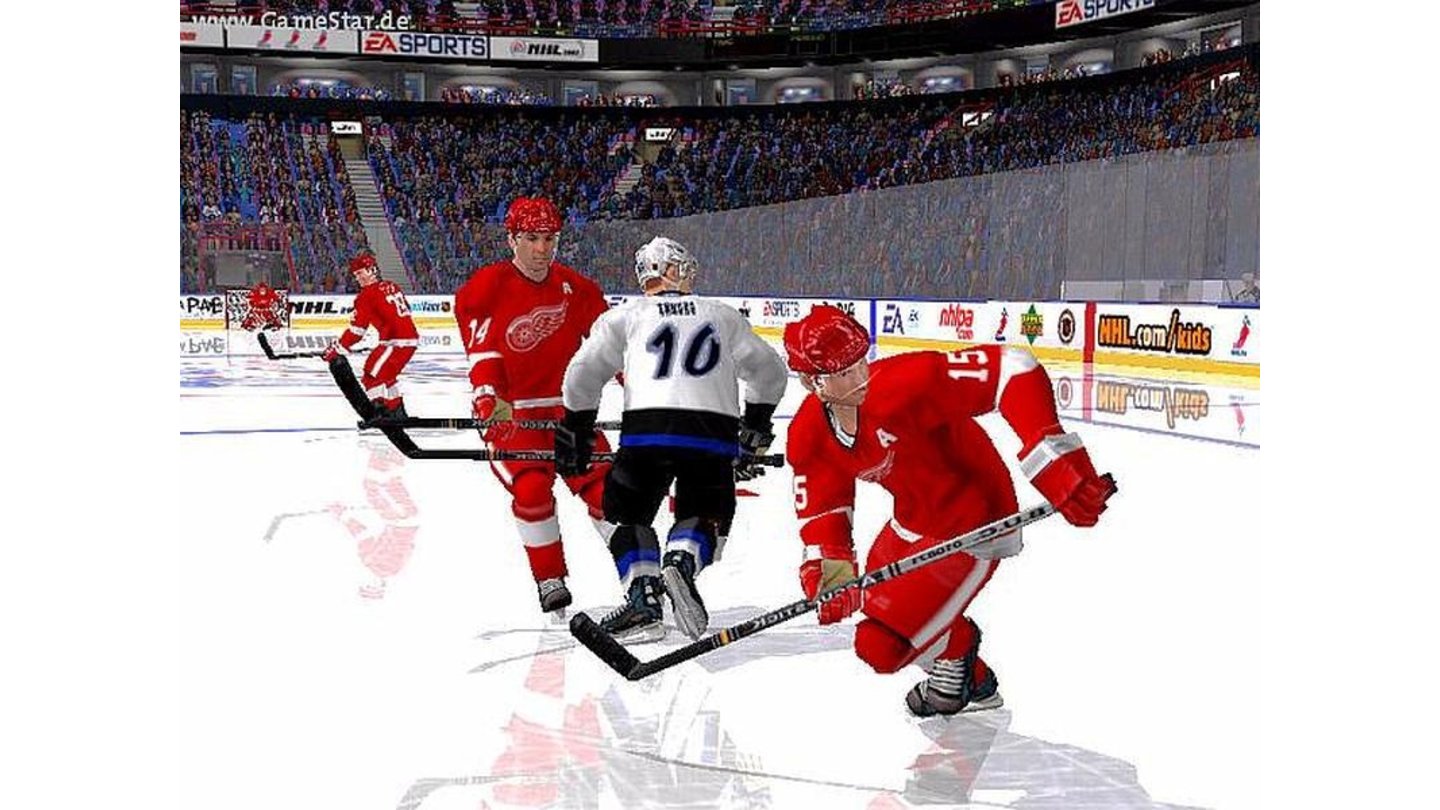

Speaking of new, the Seattle Kraken join the league this season, and NHL 22 welcomes the franchise with open arms. In fact, most of my time with NHL 22 has been spent practicing my passing, as it’s such a major aspect of the sport.Įven though everything feels familiar, it’s these little touches that make this feel new. Passing feels decidedly different, as you have to be more precise than ever to hit your open skater, or you risk a costly turnover in the opponent’s O-zone. Plus, I’ve seen goalies make some stupidly incredible stops, to the point that I have cursed out loud.

I’ve done things with the PVC rubber disc that I’ve only ever seen in real hockey, and each time I can pull off something amazing, it feels exciting. Puck physics, stick use, and player animations have been revamped, and while EA Vancouver touts this change year in and year out, in NHL 22, it’s more than noticeable. I’ve both used this to my advantage in games, and have been burned with some amazing gameplay from my opponents, both CPU and human. For example, a player with the “Shnipe” X-factor can nail incredible one-timers past even the best goalies, and not to be overmatched, certain goalies have X-Factors of their own. The X-Factors change the game in so many ways. NHL 22 feels familiar to players who have played the game in the last few years, especially NHL 21, but as you dig deeper into the new features, the true shine begins to break through. And how it looks and plays is just the tip of the iceberg when it comes to the new features on the “next-gen” consoles. For a game played on ice, it’s odd that it took EA so long to bring their flagship engine to their NHL series, but now that it’s here, the wait was certainly worth it, as the game has never looked or played better.

Last season, EA decided to skip the new-gen consoles with the NHL franchise, using the extra time to migrate the game off the aging Ignite engine and going with the superior Frostbite engine for NHL 22.


 0 kommentar(er)
0 kommentar(er)
